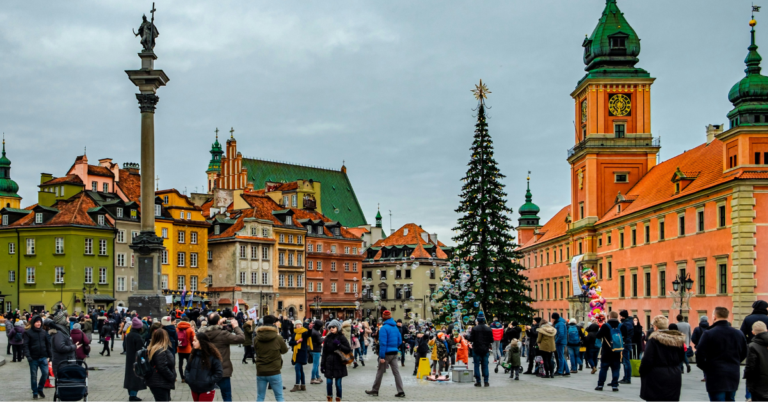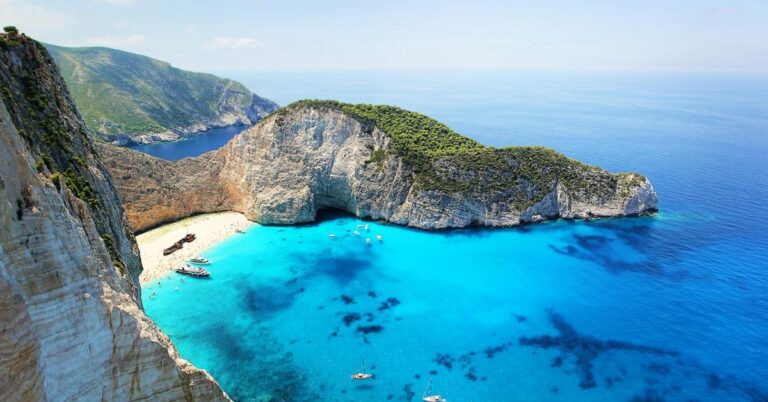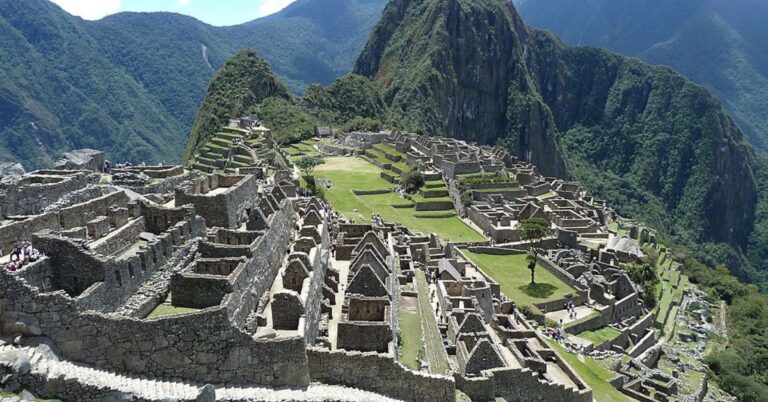25 Places Where You Can See Rare, Endangered Animals
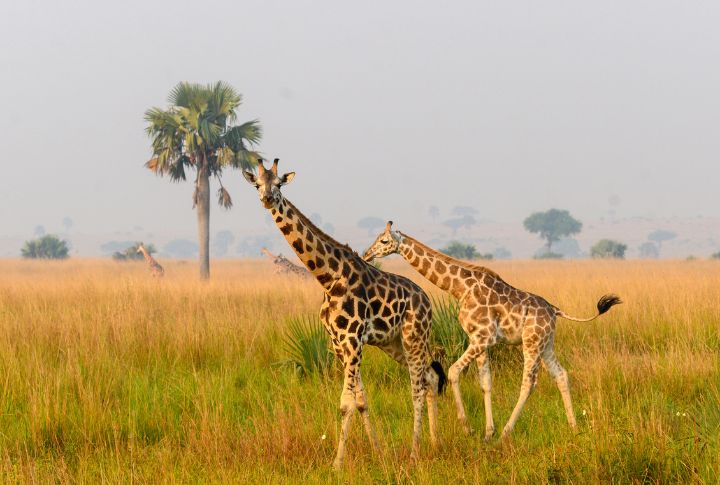
Despite overwhelming odds, some of the world’s most endangered animals continue to fight for survival in remote, protected habitats. These ecosystems provide them a refuge against poaching, deforestation, and climate change. If you want to catch a glimpse of these rare animals before they become extinct, these 25 places offer that opportunity.
Galapagos Islands, Ecuador
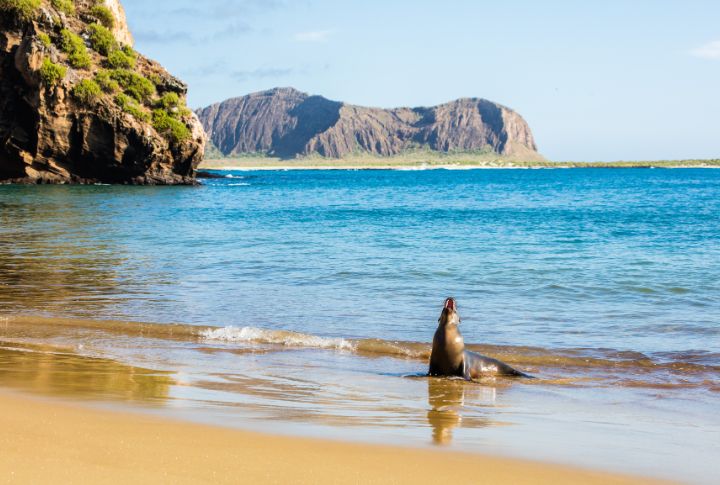
Home to the legendary giant tortoises, these islands are a living museum of evolution. Although invasive species and climate change pose significant threats, preservation attempts have helped stabilize some populations. Walk the same paths as Charles Darwin and witness nature’s tenacity firsthand.
Borneo Rainforest, Malaysia And Indonesia

One of the final strongholds of the severely endangered orangutan, this ancient rainforest is vanishing at an alarming rate. But protected reserves like the Sepilok Orangutan Rehabilitation Centre offer hope. These intelligent primates get a fresh start at life in the wild.
Yellowstone National Park, USA
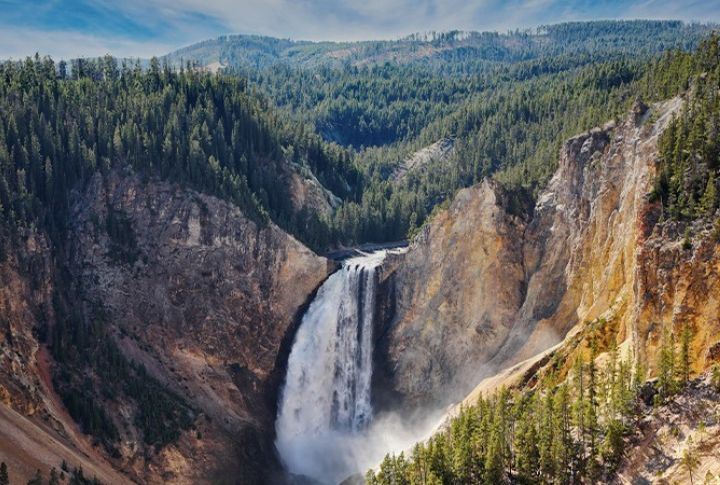
Close to being wiped out, gray wolves have reclaimed their territory in this wilderness. Thanks to reintroduction programs, their howls once again echo through the valleys, restoring the thriving ecosystem. Seeing them in the wild is nothing short of breathtaking.
Madagascar
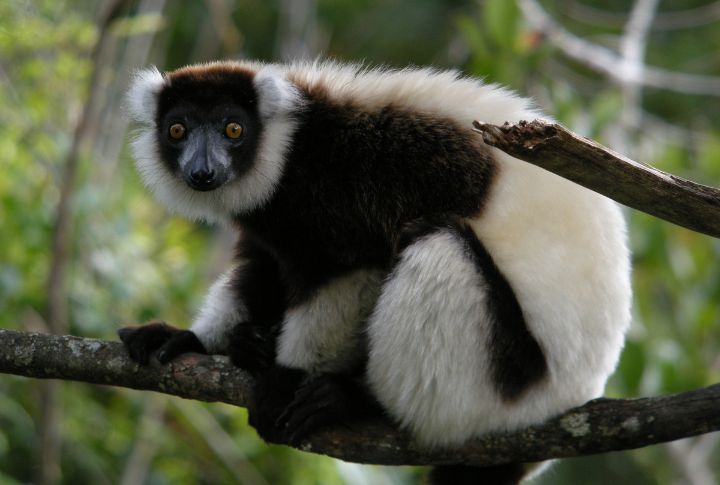
Over 90% of certain wildlife groups in Madagascar exist nowhere else, including reptiles and mammals. This makes Madagascar a biodiversity treasure chest. From fleeting aye-ayes to vibrant chameleons, the island’s creatures teeter on the brink due to deforestation.
Kaziranga National Park, India

Along the plains of the Brahmaputra River, this UNESCO-listed sanctuary is home to the regal Bengal tiger. Once ravaged by wildlife trafficking, it’s now a success story of safeguarding. Its enormous floodplains and tall grasslands also support over 500 bird species and an exceptionally high density of tigers.
Pantanal, Brazil
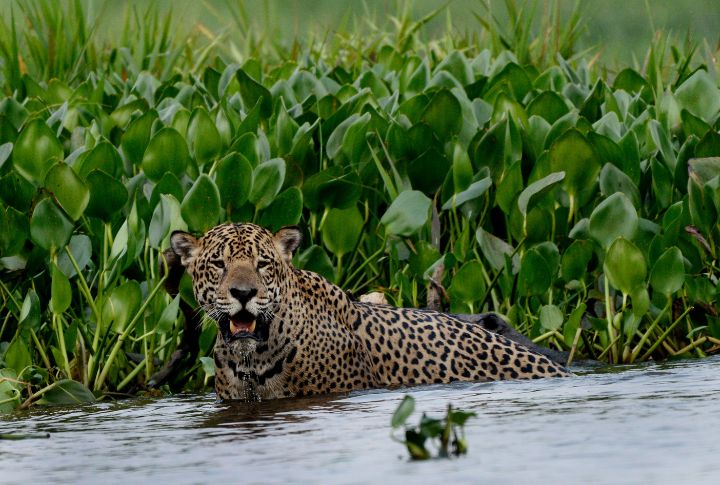
The residence of the world’s largest tropical wetland, the Pantanal, serves as a vital refuge for jaguars, now rare across much of their range. Stick around long enough and get a little lucky, and you might see one of these big cats roaming the wild.
Volcanoes National Park, Rwanda

Mountain gorillas were about to vanish, but they found a place in these misty peaks. Their numbers are slowly rising because of the relentless safeguarding process, including those pioneered by Dian Fossey. Trek through the dense jungle of this park and get a chance to meet them.
Sundarbans, India

The world’s largest mangrove forest is currently the last habitat of the Bengal tiger. These secretive predators, adapted to swampy terrain, remain one of nature’s greatest mysteries. With rising sea levels threatening their home, their survival is evidence of their strength.
Great Barrier Reef, Australia
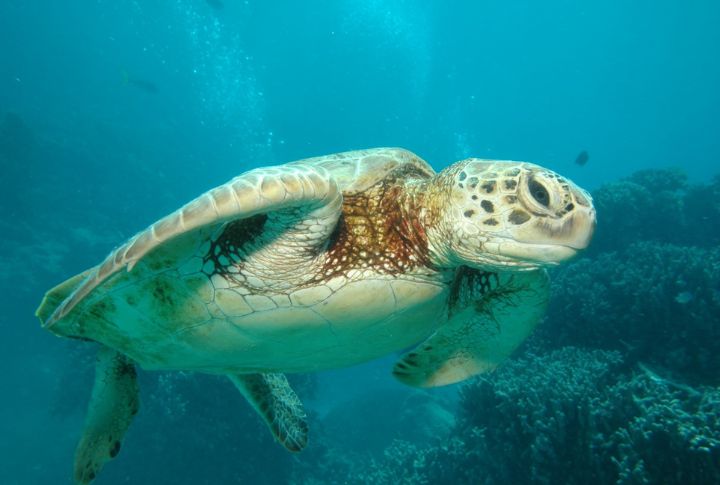
This underwater wonderland sustains endangered marine species like sea turtles, reef sharks, and dugongs despite coral bleaching and mounting environmental threats. Conservationists are working urgently to protect the reef’s ecosystems. Every snorkel dive reveals a fading species.
Tibet Plateau, China

Known as the “Roof of the World,” this high-altitude terrain shelters the shadowy snow leopard. With its thick coat and ghostly presence, this predator masters the art of survival. Eco-tourism and anti-poaching work are giving these rare leopards a fighting chance.
Skeleton Coast, Namibia
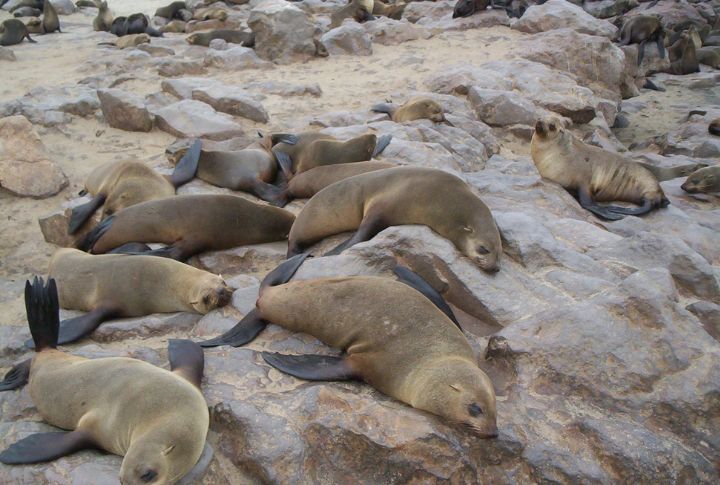
This harsh desert shelters lions and black rhinos. Defying the odds, these creatures flourish in one of Earth’s most unforgiving environments. Adapted to scarce water and extreme temperatures, they steer this arid expanse with remarkable survival strategies.
Daintree Rainforest, Australia
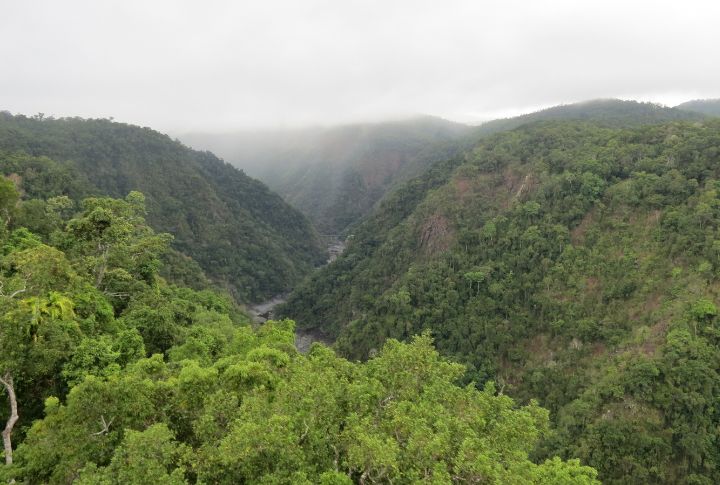
Deep within a 180-million-year-old jungle, you can spot the cassowary—a prehistoric bird vital to forest regeneration. As habitat loss encroaches, each rare encounter feels like witnessing an ancient creature. Towering ferns and dense vines offer refuge to this bird, but for how much longer?
Gir Forest, India
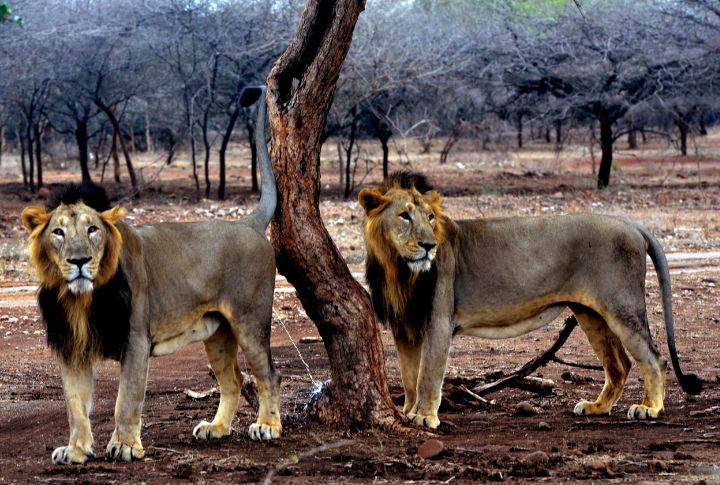
The last Asiatic lions prowl this dry deciduous forest after strict restoration efforts tried to revive their numbers. However, expanding human settlements poses an ongoing challenge to their comeback. Their future hinges on a delicate balance between preservation and human encroachment.
Congo Basin, Central Africa

Inside these lush forests, western lowland gorillas cling to existence despite hunting and deforestation. Meeting these distant cousins is a bittersweet reminder of what’s at stake. Environmentalists are racing against time to protect one of humanity’s closest relatives before their numbers dwindle further.
Arctic National Wildlife Refuge, USA
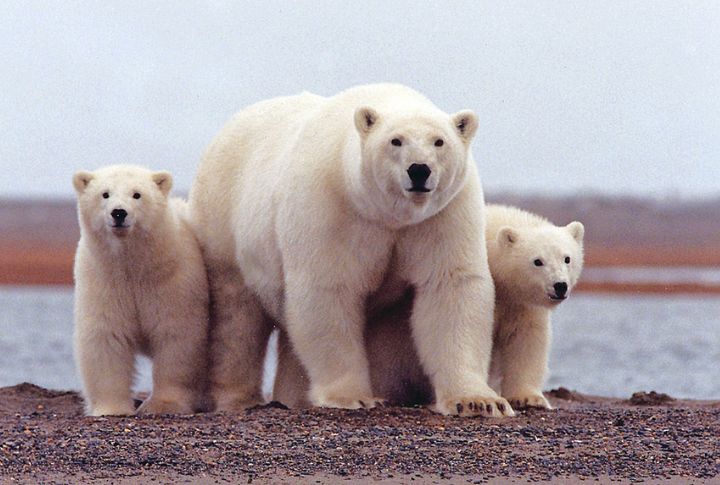
Arctic National Wildlife Refuge is one of the final sanctuaries for polar bears, but melting sea ice still threatens their survival. As hunting grounds vanish, these apex predators are pushed to travel farther. Today, they are adapting to the changing lands with an increasingly uncertain future.
Sumatra, Indonesia

Visit the Sumatras to witness the critically endangered Tapanuli orangutan. These apes are confined to a single mountainous region today. With survival hanging by a thread, even a single preserved tree becomes a vital lifeline for the rarest great ape on Earth.
Amur-Heilong, Russia And China

Amur tigers roam across snow-covered horizons in the frostbitten forests of Amur-Heilong. Their striped coats blend beautifully into the wintry wild. Nearly extinct at one point, they’ve made a slow but steady revival through relentless protection efforts. The world’s rarest big cats now have a ray of hope.
Murchison Falls National Park, Uganda
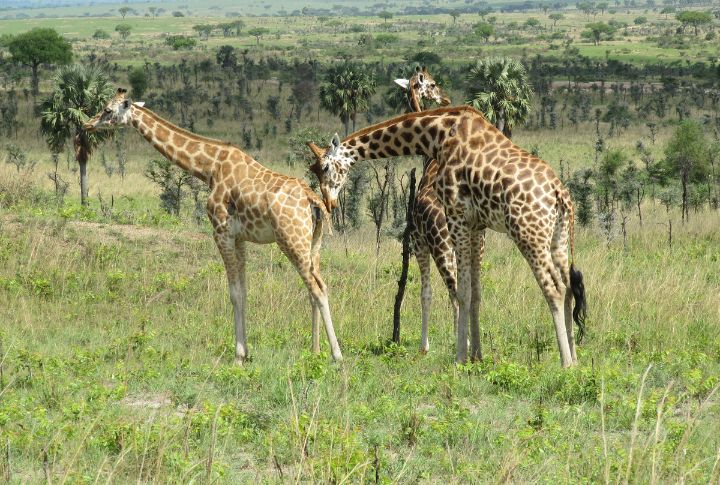
The untamed outback here shelters the rare Rothschild’s giraffe, a species with less than 2,000 left in the wild. Watching these graceful giraffes stride across golden savannas is a privilege, but their survival hangs in the balance as habitat loss pushes them toward extinction.
Chihuahuan Desert, Mexico And USA

The Mexican wolf is getting a second chance in this barren desert. Reintroduction programs maintain the ecological equilibrium, proving that the scariest predators can reclaim their place. Yet, conflicts with ranchers and habitat loss continue to test their fragile resurgence.
Tubbataha Reefs, Philippines
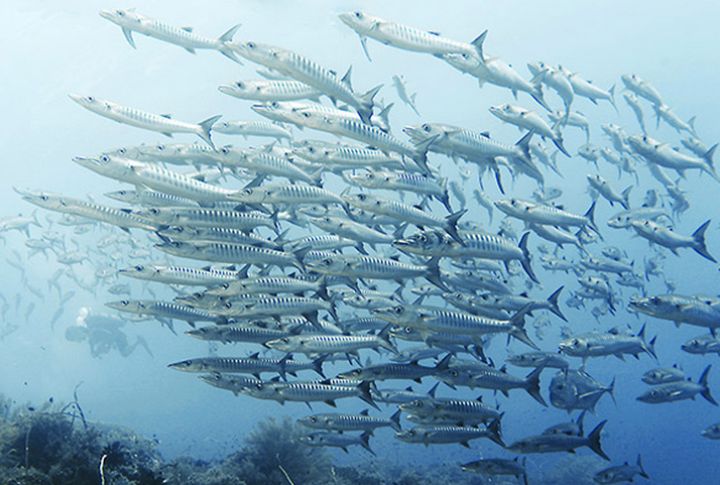
Tubbataha, embedded in the Sulu Sea, thrives as a haven for hawksbill turtles, reef sharks, and vibrant marine life. Amid rising ocean threats, it offers a rare glimpse of nature’s resilience—a powerful reminder of what protection can achieve when ecosystems are left to heal.
Fiordland, New Zealand
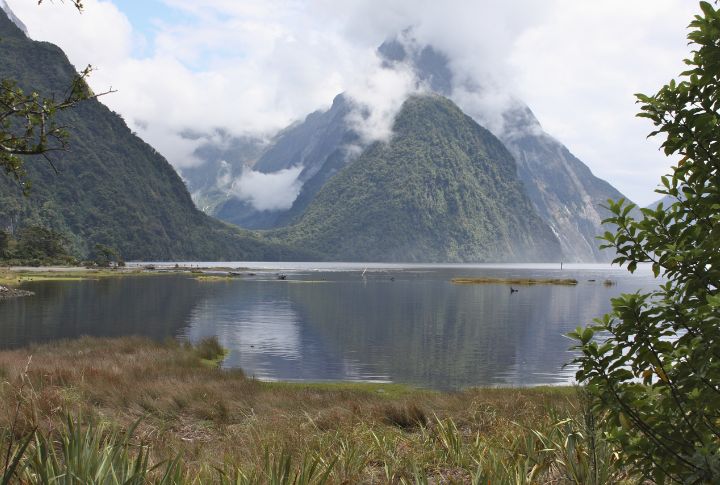
Among misty fjords and ancient forests hides the kakapo, an oddball, nocturnal parrot. Once thought extinct, these flightless birds are making a slow resurgence under careful protection. With fewer than 300 left, every chick hatched is a small victory.
Tasmania, Australia
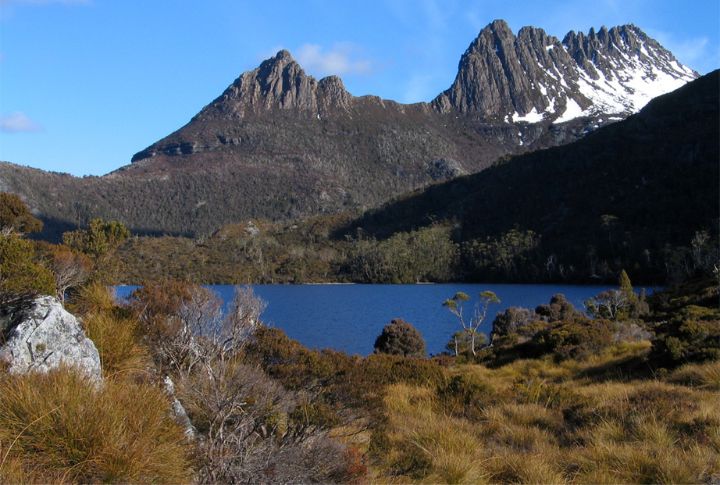
In Tasmania’s forests, the wild populations of the Tasmanian devil cling to survival. A disease almost wiped them out, but breeding programs and disease-free zones offer hope. With its eerie expanse and ancient forests, the Tasmanian jungles feel like a real-life Jurassic Park.
Ujung Kulon National Park, Indonesia
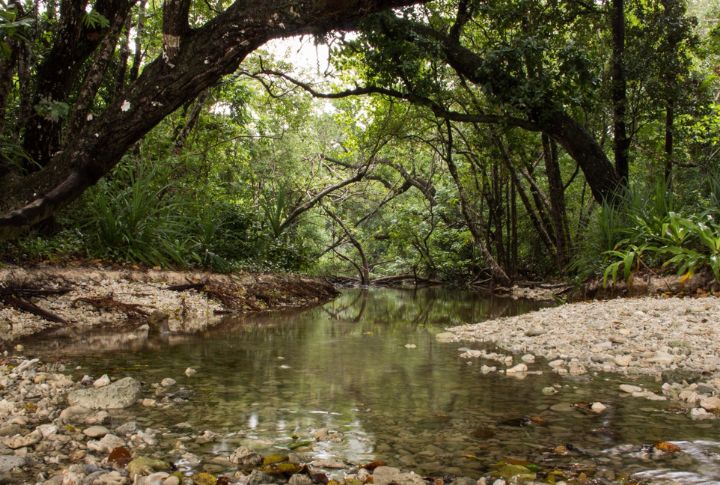
The one-horned Javan rhino—arguably the world’s most elusive large mammal—struggles to live here. Fewer than 80 Javan rhinos are left as of today, so spotting them is next to impossible. But who knows if your luck lets you see just one?
Danube Delta, Romania And Ukraine
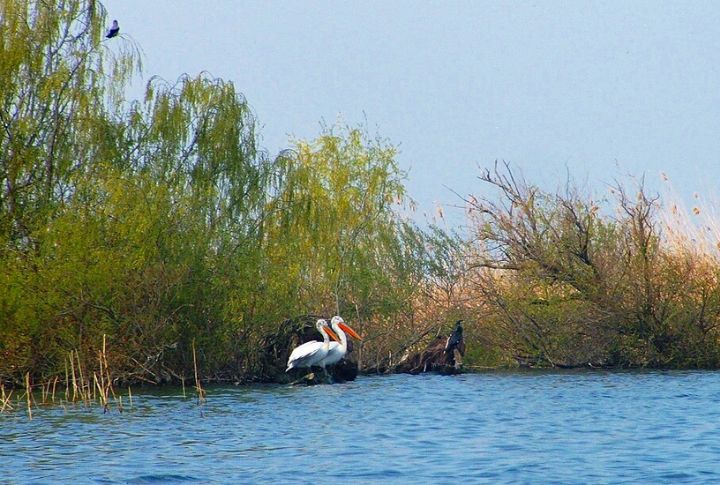
Europe’s vast wetland stretches across Romania and Ukraine, where the Danube River spills into the Black Sea. This UNESCO-listed sanctuary brims with glistening lakes and floating reed islands, where 312 bird species, wildcats, and the endangered European mink live. You can see a lot in one visit.
Nam Et-Phou Louey National Park, Laos
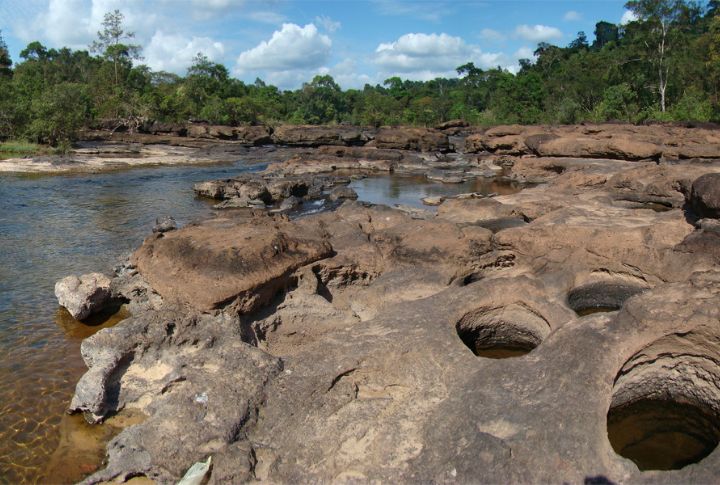
Nam Et-Phou Louey National Park is a haven of misty peaks and untamed rivers in the rugged north of Laos. Wildlife, such as clouded leopards and dholes, still roam its depths. Ancient trails invite trekkers, while night safaris reveal glowing eyes in a protected wilderness.



